iPad 2020 review: Apple’s entry-level tablet raises all the boats
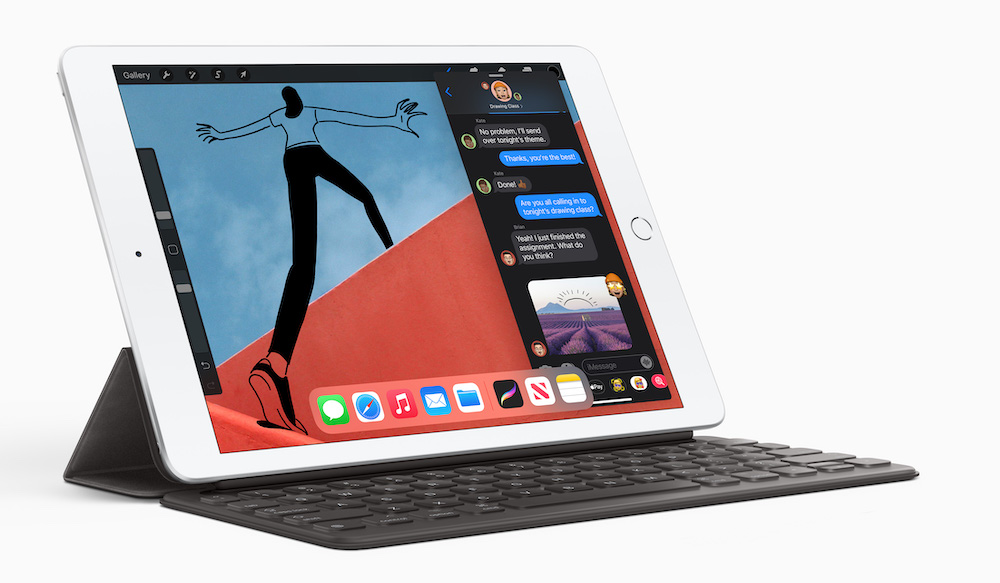
iPad 2020 with smart keyboard and Apple Pencil
With its latest release, Apple’s entry-level iPad becomes nearly as good a device as last year’s mid-range iPad Air, powered by the same processor but with a much lower starting price. As you might expect, there are a few small compromises to bring in this kind of power at that price, but if you’re looking for an affordable way into the iPad ecosystem, this is it.
What are the differences?
The main compromises seem to be that while the iPad Air 3 has a 10.5-inch display with 2,224-x-1,668 resolution, the 2020 iPad has a 10.2-inch screen with 2,160-x-1,620.
That means you also have a slightly bigger bezel around the display on the new iPad, which is also a little heavier (456 grams v. 490 grams).
The 2020 iPad is a little thicker, too, at 7.5mm in contrast to iPad Air 3’s 6.1mm. The Air’s maximum storage is 256GB while the new 2020 iPad maxes out at 128GB.
Other than those dissimilitude’s, both devices have a lot in common. They use the same processor, the same camera, Touch ID, twin speakers, Lightning, etc., and the new iPad 2020 even has a headphone port. The iPad 2020 also uses Bluetooth 4.2, rather than 5.0.
Apple hosts a useful page where you can compare both these devices against each other, but the upshot is that Apple has introduced a much better iPad that delivers something like the speed and performance of last year’s Air at a much lower price.
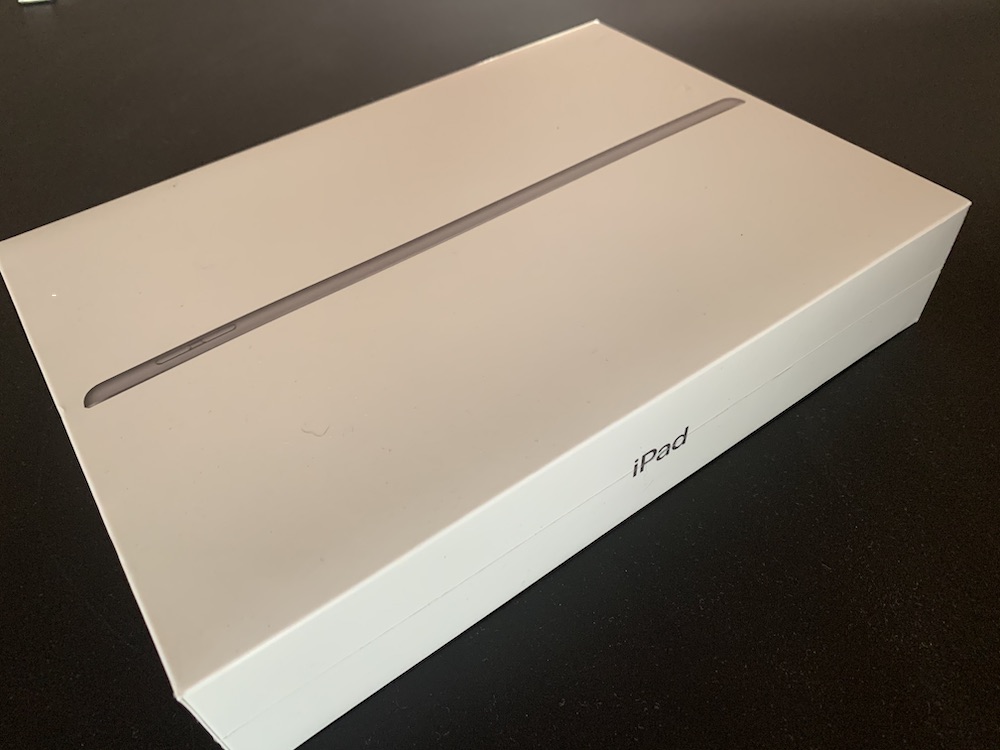
In the box
In the absence of competition Apple competes with itself
While there are cheaper tablets, few people seriously see Apple’s tablets as having any real competition. They are simply faster, better performing, better made and better designed than anything else you’ll find.
Year by year the number of tasks you can do with an iPad expands, and the range now reaches high up into some of the most pro markets and all the way to those who primarily need devices for email, movies, music, browsing and games.
In all those latter categories, the iPad 2020 has the horsepower you need in a device that’s got all the user-focus that’s made Apple’s success.
I guess you can say the system packs enough punch for any Apple Arcade title, while the on-device AI inside this model means you’ll get so much more exploring your Photos library, particularly thanks to iPad OS 14 and those home screen widgets. Movies shine, all the iOS consumer apps sizzle. You’ll have fun.
In fact, I’d argue that what this iPad proves is that in the absence of any serious competition, Apple has decided to compete with itself.
Take a look at the 2019 iPad for an illustration of this. This also had a 10.2-inch display, but used a relatively ancient A10 chip. Did Apple just iterate in the next edition? No. Instead, it squeezed much that’s great about an Air 3 inside the device. It raised all the boats and skipped a couple of chip generations.
I decided to take a deeper look.
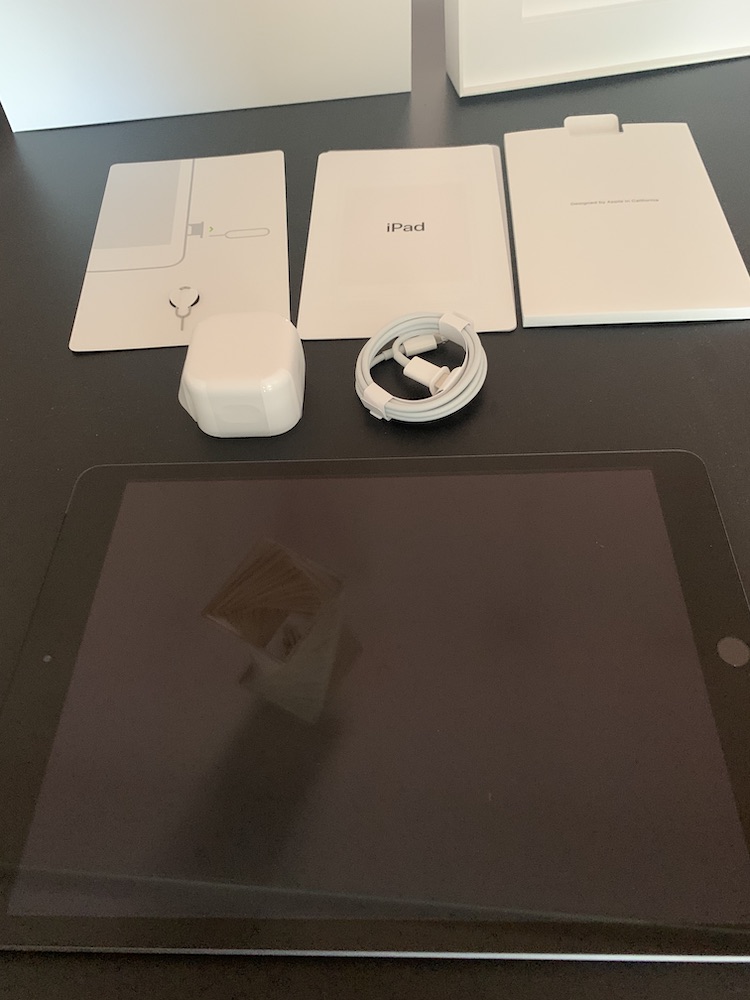
Note the interesting reflection in the bright new screen.
I looked at the 128GB (cellular) model
I’ve never really been one to go ga-ga about unboxing any Apple product but managed to grab a few images this time. I’ve published them here so you can laugh at my fat fingers.
Opening the box and getting started with the product takes hardly any time at all, everything is ‘just right’ and the device should emerge from the box powered up and ready to go.

I warned you about the fingers
In the box you’ll also find a Lightning cable, power supply, and a little cardboard booklet that contains Apple’s Liquid Metal SIM tray gadget thing-a-mi-jig.
Setup is easy, particularly if you have an iPhone.
You will be asked to register your print, enter your Apple ID and setup Apple Pay (and if you don’t want to set Apple Pay up ever on your device and want to get rid of the pester message red flag in Settings, just begin the process and quit it to trick it away).
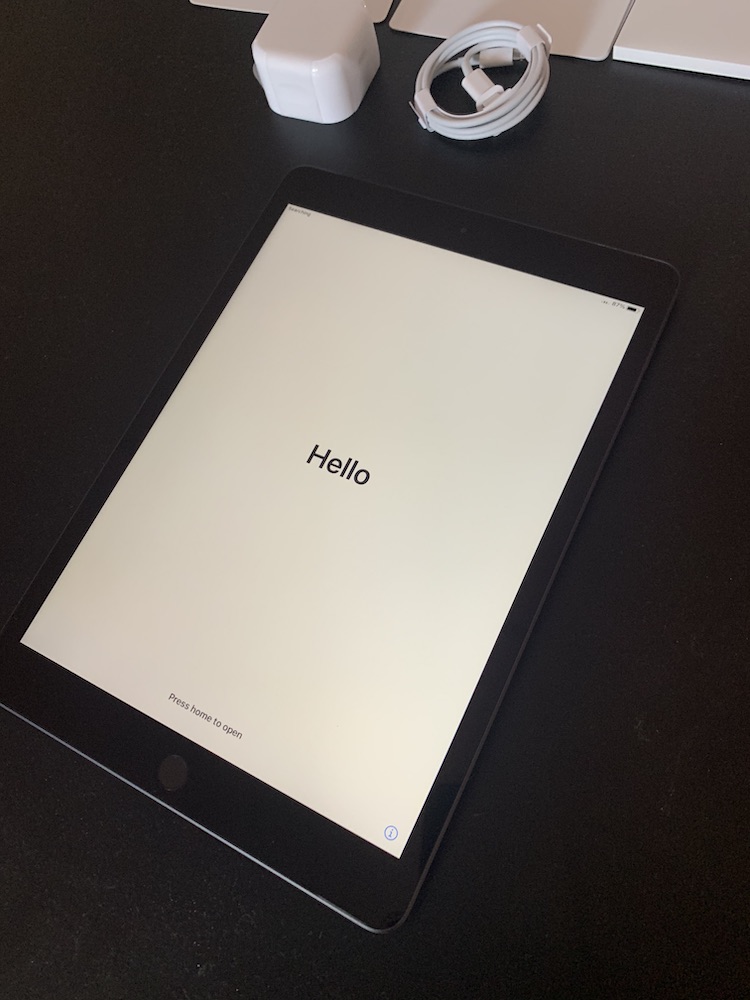
It always says hello first, which is nice
If you install an existing iPad backup the most time-consuming part of the process will be downloading all the apps. If you are setting up an all-new iPad, then you should be active in a few minutes, so long as you have an Apple ID (it will take a little longer if you don’t, but don’t put the kettle on – it won’t take that long).
When I first began using the device I certainly noticed the extra weight and thickness in contrast to the Air, along with tiny details such as a slightly less flush fit between the main chassis and the camera module.
At the same time, you get a more powerful 20-watt charger and can expect 10 hours normal use on a single charger, according to Apple. I have to say, I got more than that, with just over 11-hours – so these iPads should be the kind of systems you can use all day.
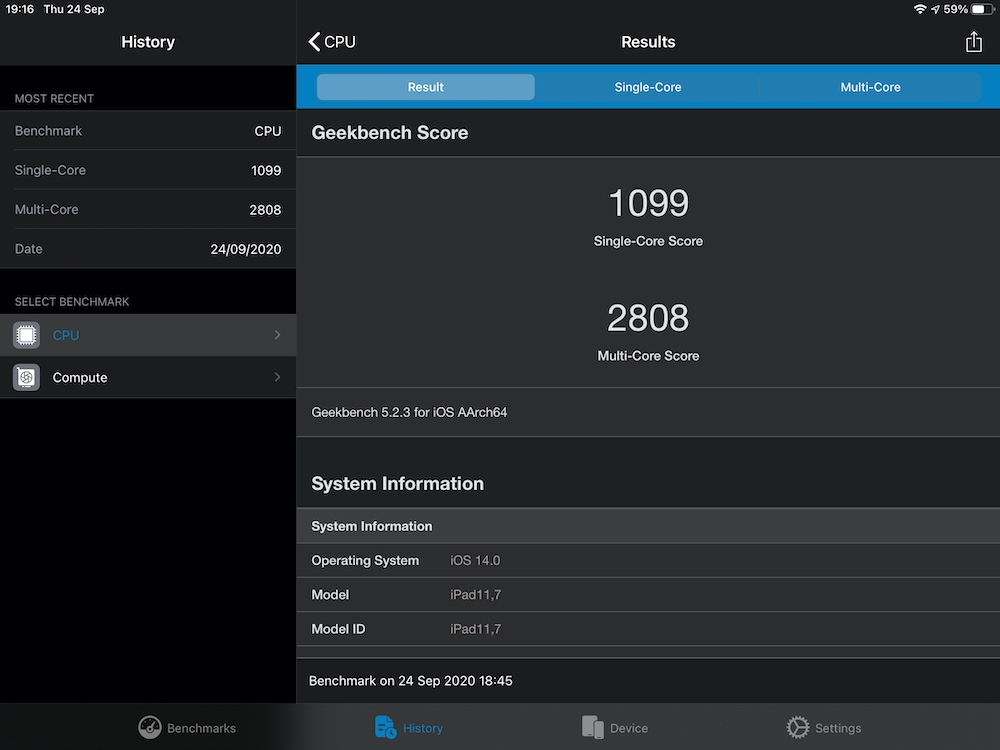
Yes this thing is a good
Testing the stats
Apple also says the new chip delivers 40% faster CPU performance and 2x faster graphics than the previous iPad, so I ran a couple of performance tests – and these (as is customary with Apple) match up with what the company claims:
Geekbench:
The new iPad I tested scored 1,099 (single-core) and 2,808 (multi-core) – very much in line with the average scores Geekbench carries for the 2019 iPad Air and way higher than the seventh-generation iPad it replaces, which scores 746 (single) and 1,058 (multi).
On Passmark:
The device achieved 26,347 on System tests and 27,010 for its CPU.
Must or miss
I’ve read some lackluster reviews of this product and I can understand why reviewers tend to favor the best, the fastest and the most expensive devices.
The thing is, in looking at this device as an entry-level tablet, reviewers do themselves a disservice. Yes, this iPad is the cheapest model Apple currently provides, but that doesn’t mean it’s ‘only a toy’, or, ‘an iPad that doesn’t hit the mark’. That’s because it really does hit the mark – let me explain:
You see, what you have here is an iPad that maintains the same design constituents that made iPad, well, iPad, but you also have a new entry-level iPad that’s quite as capable as last year’s iPad Air, delivers the test results to back that claim up, and reflects a real move by Apple to raise all the boats that make up the iPad fleet.
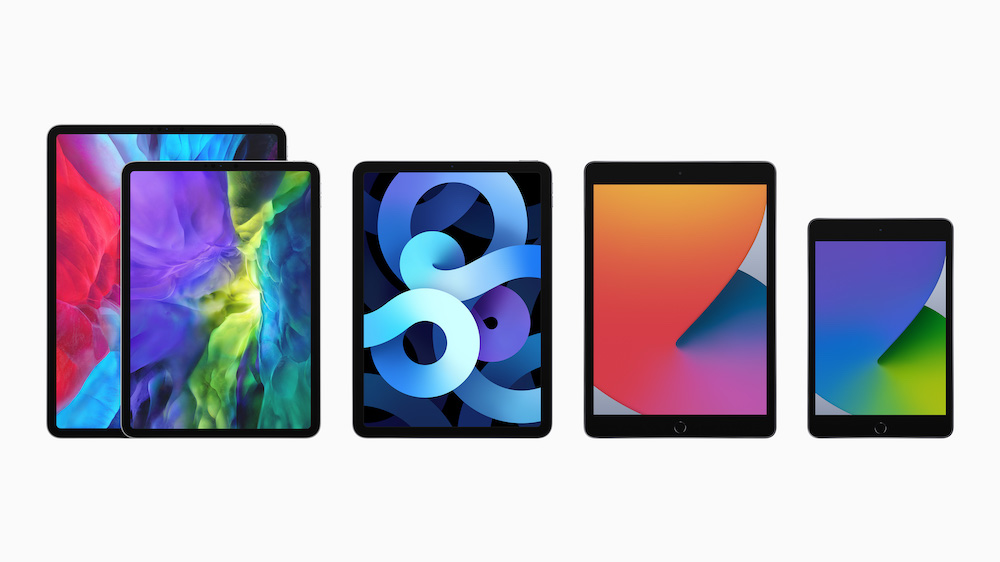
The star of the show
Apple watchers have been quizzical around the 2020 iPad Air versus 2020 iPad Pro until now. I looked at some of the reasons why the iPad Pro remains a stand out device in this post here, but if you stop to think about it:
When it comes to the entry-level iPad you’re now getting a system that delivers last year’s mid-range performance at a price that’s $170 cheaper with a chip that’s two years younger in a device that you already know Apple will support for at least five years
and you’ll be able to use for longer.
So you’re getting a lot for your money.
Conclusion
Now, I confess that with a productivity/price head on I remain much more excited about the forthcoming iPad Air 4 (which I see as a brilliant enterprise class device for so many tasks and you can expect me to write about at my regular column at Computerworld), but that takes nothing away from this iPad, which sees Apple react to the curse of the pandemic by raising all the boats in its tablet fleet.
If you’re in the market to replace your non-Apple tablet, have an older iPad, or just want to find out what an iPad can do, this is a great machine that proves Apple’s commitment to the product range.
Yes, if you have the disposable cash, or a credit card that you’re currently confident you can maintain payments on, then:
(a) you’re luckier than so many people right now, and
(b) you should go for the Air – unless…
If you have high-end pro user needs (particularly around things like on the move video editing, digital art, compositing, or any of the other needs that product serves so well,) grab an iPad Pro.
But, if your life needs an iPad that’s fast enough for most of the things you already use a computer, tablet, or iPad to do, quite capable of being a backup WFH machine and handling a little Word or Excel, take a look at this year’s entry-level iPad.
It’s twice as fast as last year’s model, has a lot to offer, and will probably match your needs for a few years until morale improves.
There is one more thing: Apple’s kind of gone for it this year.
The fact it’s slipped a couple of processor versions forward after a couple of years in which its iOS upgrades have been far more generous in terms of backward compatibility than many anticipated means these devices be supported (with system upgrades and security enhancements and what not) for years.
And if Apple continues to raise boats in this way, in the relatively near future, what is then the entry level iPad will deliver the kind of power and performance you currently get from an 2019 iPad Pro. Particularly when the company’s chips hit 3-nm.
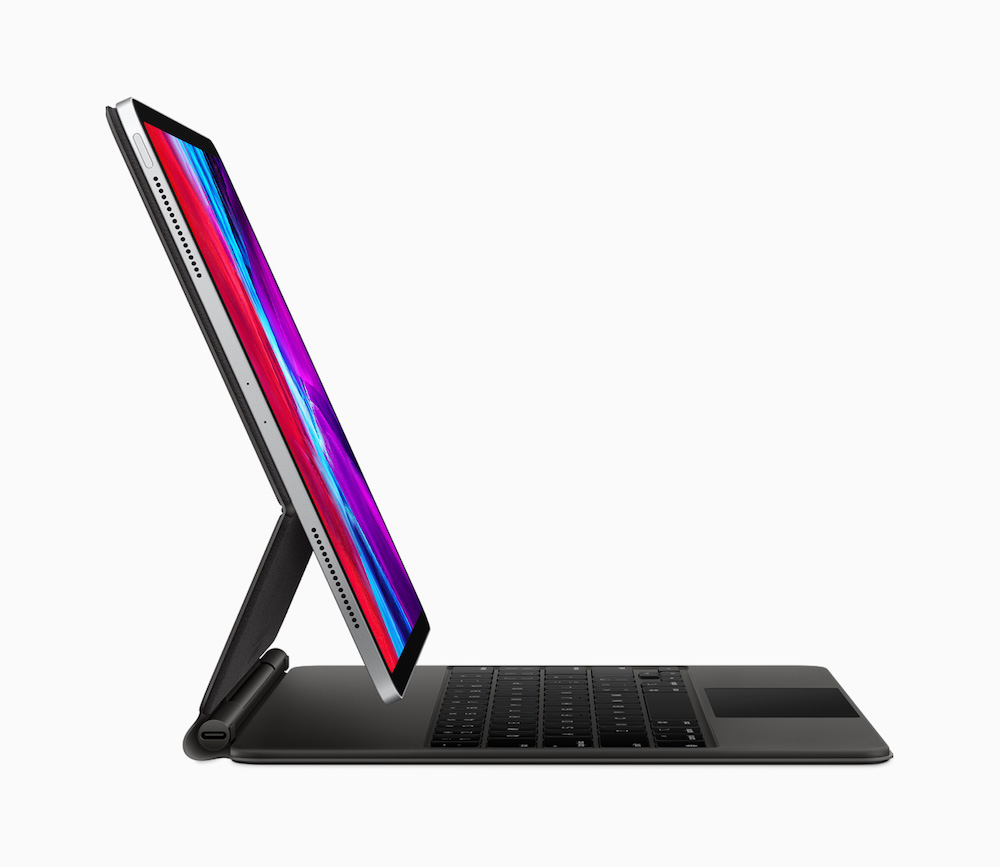
One day the entry level iPad will look like an iPad Pro
The 2020 iPad is a very good release of a very good product that shows a very bright future for the line.
Additional stats
I thought it might be useful to share a few additional facts and stats around the iPad that I hadn’t quite mentioned yet:
- Support for 27 worldwide LTE bands enables LTE connectivity.
- eSIM and nano-SIM.
- 8-megapixel back camera that captures the world in beautiful detail, including 1080p HD video, and a 1.2-megapixel FaceTime camera.
- 500 nits of brightness.
- With 8 cores, the Neural Engine is capable of processing up to 5 trillion operations per second.
- Apple claims a 40% faster CPU, graphics that are twice as fast, and an 8-core Neural engine.
What did I miss? Observations you want to share? Perhaps you disagree?
Please don’t just murmur on the sidelines, contribute to the discussion in comments below.
Please follow me on Twitter, or join me in the AppleHolic’s bar & grill and Apple Discussions groups on MeWe.




